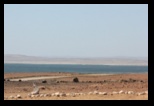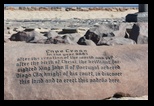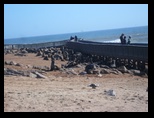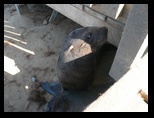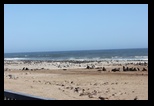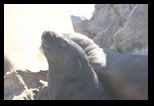Cape Cross Seal Reserve
Cape Cross was probably the southernmost point on the
second voyage by the Portuguese explorer Diego Cão in 1484–1486.
During this voyage he proceeded ca. 1,400 km farther than during the first one,
which is thought to have taken place in 1482. He is known to have erected two
pillars in the areas beyond his first voyage, one in Monte Negro, and the second
at Cape Cross. The current name of the place is derived from this pillar. What
can today be found at Cape Cross is a replica of that first cross.
Cão’s expedition took place only six years before Bartholomeu Dias
successfully rounded the Cape of Good Hope as the first European explorer in
1488.
Today Cape Cross is a protected area owned by the government of Namibia under
the name Cape Cross Seal Reserve. The reserve is the home of one of the largest
colonies of Cape Fur Seals in the world. The name refers to the large stone
cross erected in the area by Portuguese explorers in the 15th century.
Cape Cross is one of two main sites in Namibia where seals are culled, partly
for selling their hides and partly for protecting the fish stock. The economic
impact of seals on the fish resources is controversial: While a government-initiated
study found that seal colonies consume more fish than the entire fishing industry
can catch, animal protection society Seal Alert South Africa estimated less
than 0.3% losses to commercial fisheries.
Click a picture to see a larger view.
